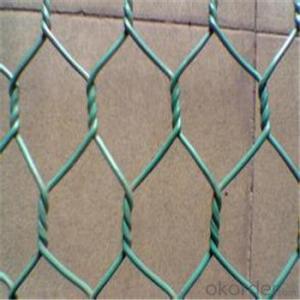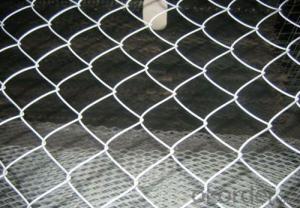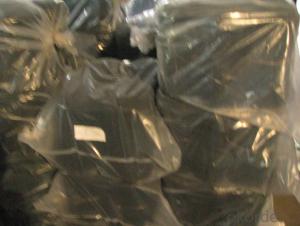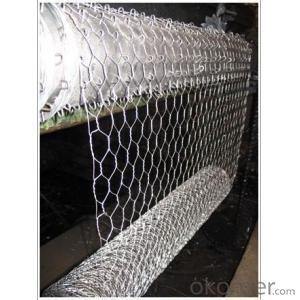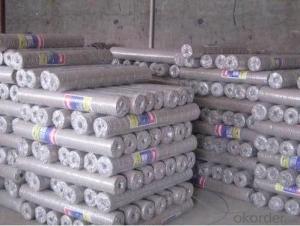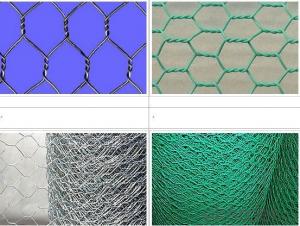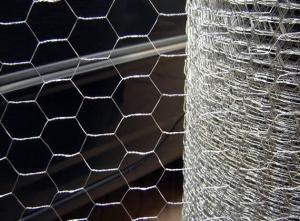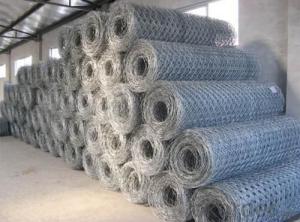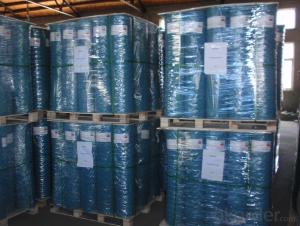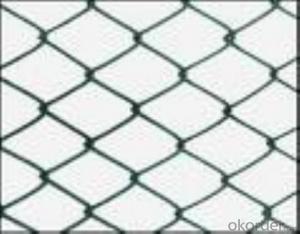1 4 Inch Aluminum Plate
1 4 Inch Aluminum Plate Related Searches
Led Light Bulbs For Ceiling Fixtures Led Lamps For Ceiling 42 In Ceiling Fan With Light Aluminum Coil Stock For Gutters Aluminum Foil For The Grill Hole Saw For Aluminum Plate Aluminum Tread Plate For Trailer Bow Plate For Aluminum Boat Aluminum Foil For Grow Room Aluminum Foil For Joint PainHot Searches
Stock Price For Aluminum Aluminum Coil Stock For Sale Aluminum Gutter Coil For Sale Used Aluminum Scaffolding For Sale 1/4 Aluminum Plate For Sale Aluminum Bar Stock For Sale Aluminum Round Stock For Sale Aluminum Diamond Plate For Sale Aluminum Scaffolding For Sale Craigslist 6061 Aluminum Plate For Sale Aluminum Dock Plate For Sale 7075 Aluminum Plate For Sale Aluminum Tread Plate For Sale Aluminum Checker Plate For Sale Aluminum Plate For Sale Near Me Plate Aluminum For Sale Aluminum Plate For Sale Aluminum Square Stock For Sale Aluminum Flat Stock For Sale Billet Aluminum Stock For Sale1 4 Inch Aluminum Plate Supplier & Manufacturer from China
Okorder.com is a professional 1 4 Inch Aluminum Plate supplier & manufacturer, offers integrated one-stop services including real-time quoting and online cargo tracking. We are funded by CNBM Group, a Fortune 500 enterprise and the largest 1 4 Inch Aluminum Plate firm in China.Hot Products
FAQ
- Yes, steel wire mesh can be used for creating safety nets or fall protection systems. Steel wire mesh is a strong and durable material that can provide a reliable barrier to prevent falls or accidents in various applications. It is commonly used in construction sites, industrial settings, and even in sports facilities to create safety nets and fall protection systems. The mesh's interwoven design and high tensile strength make it capable of withstanding heavy impact and distributing the force of a fall, thereby minimizing the risk of injury. Additionally, steel wire mesh is resistant to corrosion and can withstand harsh weather conditions, making it suitable for outdoor use. Overall, steel wire mesh is an effective and versatile material for creating safety nets and fall protection systems.
- The ease of installing steel wire mesh can be influenced by the size of the roll. Typically, larger roll sizes contribute to a more convenient and efficient installation process. When using a larger roll size, less time is usually spent on connecting multiple smaller rolls, which can be time-consuming and require extra tools or equipment. Furthermore, larger roll sizes often allow for longer stretches of wire mesh to be installed without interruptions, resulting in a smoother and more seamless installation. This is especially advantageous when covering larger areas or when continuous installation without breaks or joints is necessary. Additionally, larger rolls of steel wire mesh are often heavier and sturdier, making them easier to handle and manipulate during installation. The increased weight and stability of larger rolls prevent excessive shifting or movement, ensuring that the mesh stays in place and properly aligned throughout the installation process. However, it is important to note that the ease of installation may also depend on other factors such as the technique used, the terrain or surface where the wire mesh is being installed, and the experience or skills of the installer. Therefore, while larger roll sizes generally offer advantages in terms of ease of installation, considering these other factors is crucial as well.
- Yes, steel wire mesh can be used for creating shelves or racks. It is a durable and sturdy material that can provide sufficient support for storing various items. The open design of the mesh allows for good visibility and ventilation, making it suitable for organizing and displaying objects in a neat and orderly manner.
- There are several benefits of using steel wire mesh in the textile recycling industry. Firstly, steel wire mesh provides durability and strength to the recycling process. Textile recycling involves sorting and separating different types of fabrics, and steel wire mesh helps in effectively handling and processing these materials. It can withstand the wear and tear of the recycling process, ensuring the longevity of the mesh. Secondly, steel wire mesh allows for efficient sorting and separation of textiles. With its sturdy and flexible nature, steel wire mesh can be used in various stages of the recycling process, such as sieving, sorting, and filtering. It helps in separating different types of fabrics based on their size, density, or composition, making the recycling process more streamlined and accurate. Additionally, steel wire mesh is highly resistant to corrosion and can withstand harsh chemicals and cleaning agents. In the textile recycling industry, where various chemicals and detergents are used to remove stains and contaminants from fabrics, steel wire mesh ensures its longevity without compromising its efficiency. Moreover, steel wire mesh is easy to clean and maintain. It can be easily washed or brushed to remove any accumulated debris or fibers, ensuring that the mesh remains clean and functional for extended periods. This ease of maintenance helps in reducing downtime and increasing productivity in the recycling process. Lastly, steel wire mesh is a sustainable and environmentally friendly option for the textile recycling industry. As a recyclable material itself, steel wire mesh contributes to the overall sustainability goals of the industry. By using steel wire mesh, the need for disposable filters or screens is reduced, reducing waste and minimizing the environmental impact of the recycling process. In conclusion, the benefits of using steel wire mesh in the textile recycling industry include durability, efficiency in sorting and separation, resistance to corrosion and chemicals, ease of maintenance, and sustainability. Its versatility and reliability make it an ideal choice for various stages of the textile recycling process, contributing to a more efficient and environmentally friendly industry.
- Yes, steel wire mesh is suitable for security fencing. Steel wire mesh is known for its strength and durability, making it an excellent choice for providing security and protection. It is highly resistant to cutting and tampering, making it difficult for intruders to breach the fence. Additionally, steel wire mesh is versatile and can be customized to different heights and sizes, allowing it to be tailored to specific security needs. Its open design also allows for visibility, which can be beneficial for surveillance purposes. Overall, steel wire mesh provides a reliable and effective solution for security fencing.
- The strength of steel wire mesh is directly influenced by its thickness. With an increase in wire thickness, the mesh's strength also increases. This occurs because thicker wires possess a greater resistance to deformation, reducing the likelihood of breakage or bending under pressure. The added thickness enhances structural integrity and boosts the mesh's resistance against impacts or external forces. Consequently, thicker steel wire mesh typically exhibits greater durability and can withstand heavier loads or stresses. Conversely, thinner wire mesh is more prone to damage or failure, as it possesses less material to resist deformation.
- Steel wire mesh is commonly used in the reinforcement of civil engineering projects to provide added strength and stability to concrete structures. It is typically placed within the concrete during construction to distribute tensile forces and prevent cracking, improving the overall durability and longevity of the project. Additionally, the mesh helps to control shrinkage and settlement of the concrete, ensuring a more uniform and stable structure.
- Indeed, steel wire mesh has the capacity to rust. Rust emerges as a consequence of the oxidation procedure which takes place when iron or steel comes into contact with moisture and oxygen. In the event that the steel wire mesh lacks appropriate coating or protection, it becomes vulnerable to rusting as time passes. Nevertheless, there exist diverse techniques to impede or decrease rusting, for instance, by galvanizing the steel wire mesh or administering a safeguarding coating. By implementing these measures, the lifespan of the mesh can be greatly prolonged, guaranteeing its durability.


























